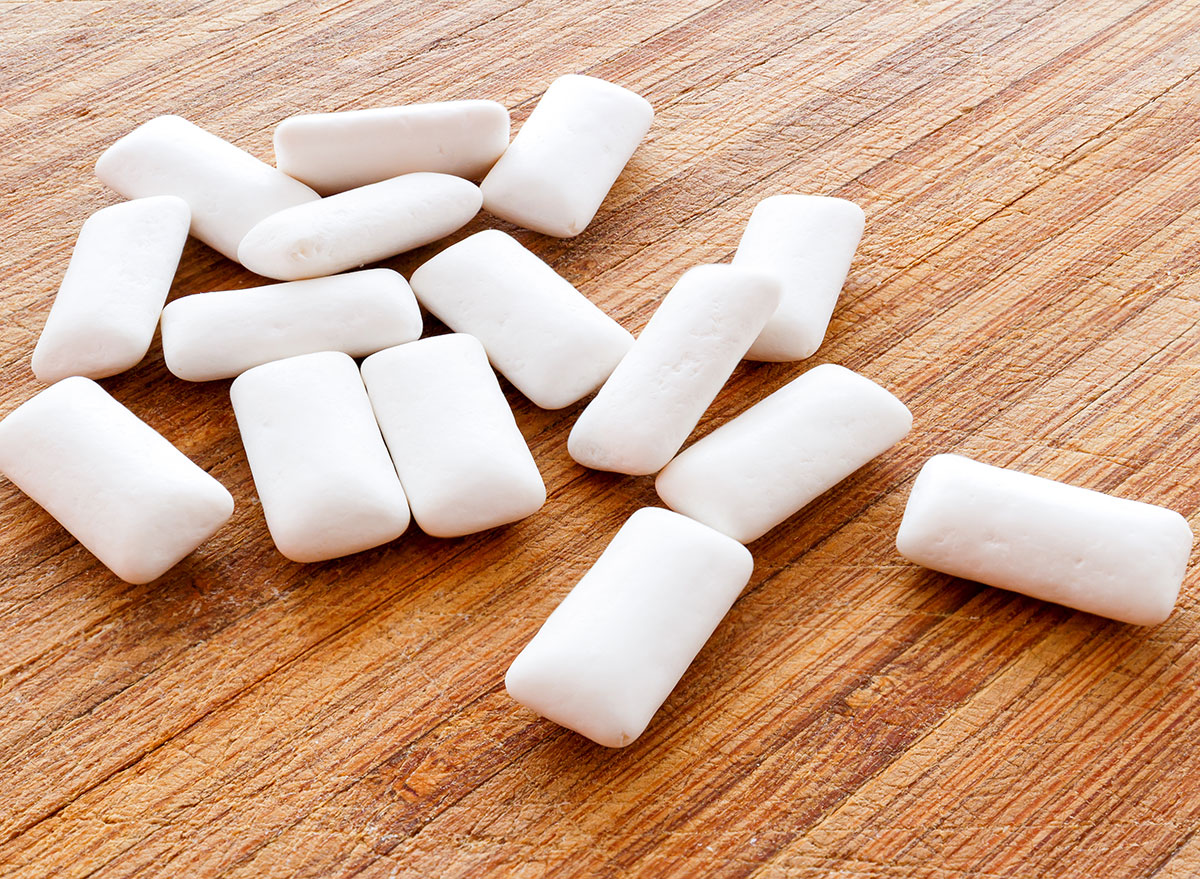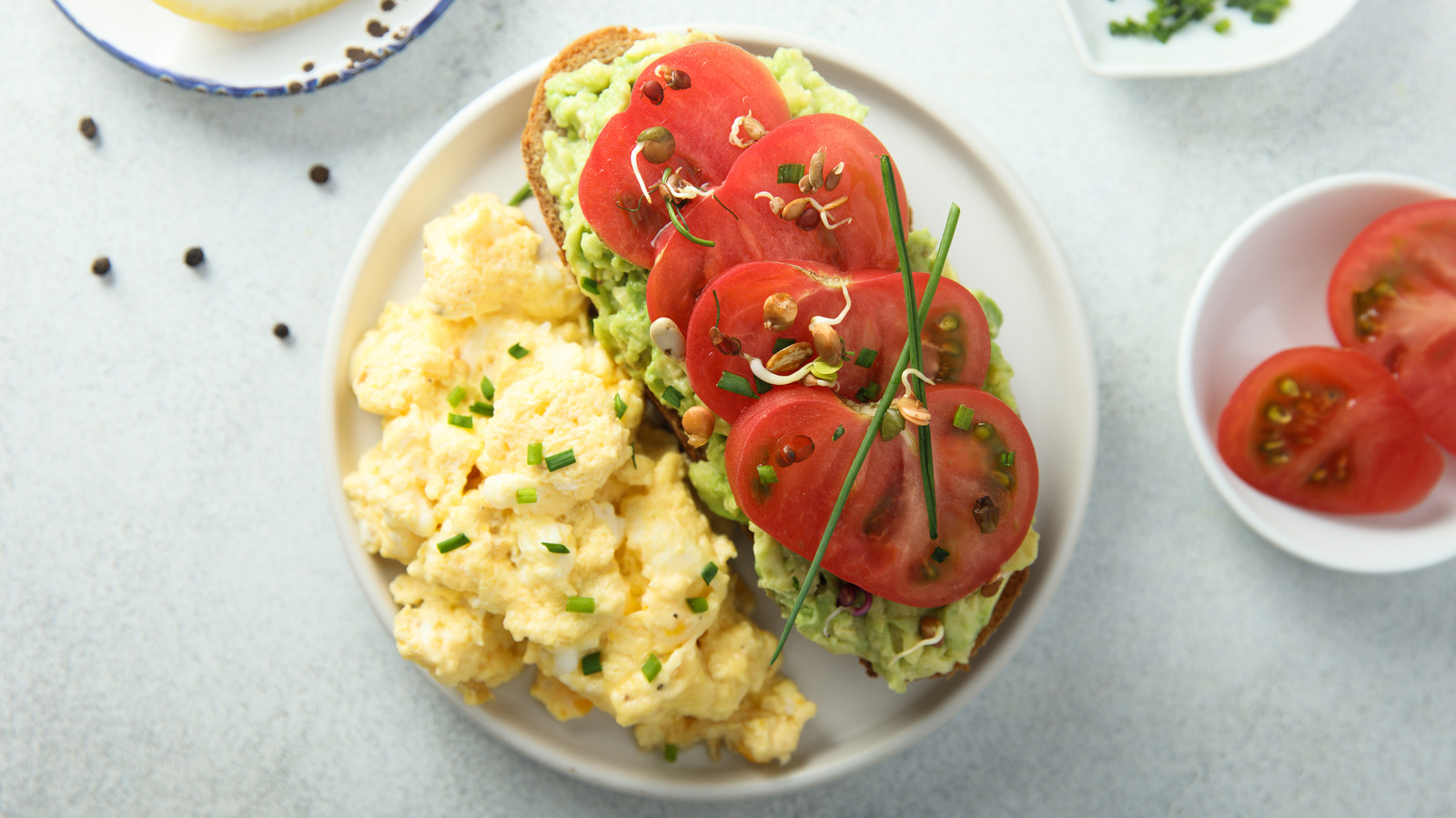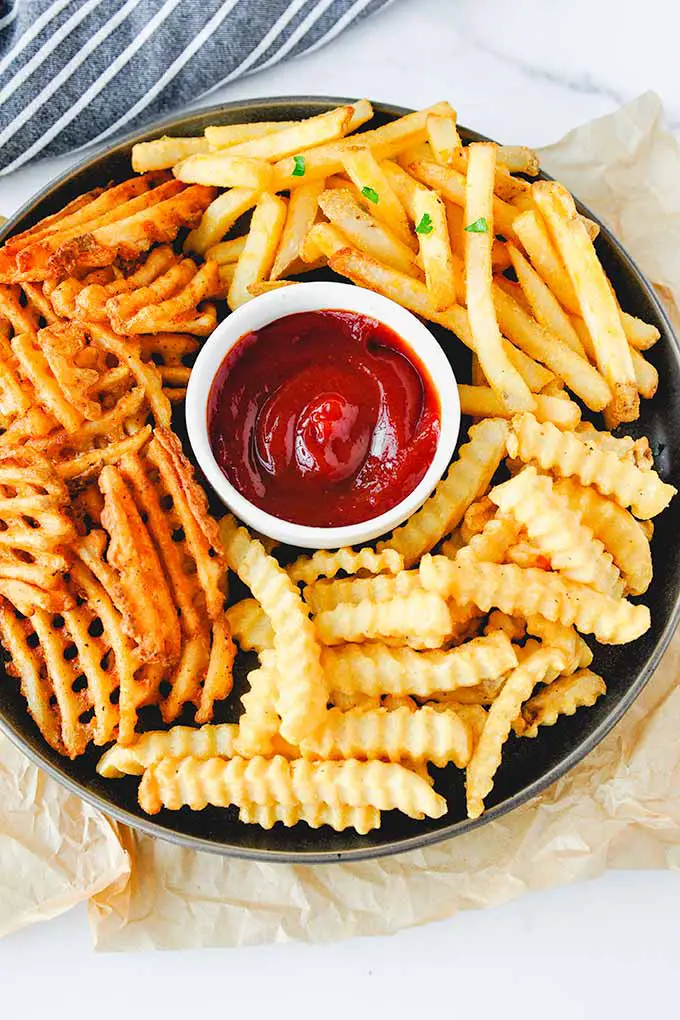
From the pristine waters of the Atlantic to the finest restaurant kitchens, scallops have long captivated food enthusiasts and chefs alike. These elegant bivalves, often referred to as the “candy of the sea,” hold a special place in both fine dining and home cooking. The fascinating world of scallop flavors offers a rich tapestry of tastes and textures, with countless factors influencing their delicate flavor profile. This comprehensive guide explores everything there is to know about the distinctive taste of scallops, from their natural sweetness to the complexities added by various cooking methods.
What Do Scallops Taste Like?

What Do Scallops Taste Like?
Let’s start with the fundamental question: what exactly do scallops taste like? The beauty of scallops lies in their subtle yet complex flavor profile. At their core, scallops offer a delicate sweetness that’s perfectly balanced with a mild briny essence of the ocean. Unlike their cousins—clams, mussels, and oysters—scallops don’t hit you with an aggressive seafood flavor. Instead, they present a buttery, almost nutty taste that’s both sophisticated and approachable.
Think of biting into a perfectly cooked scallop as an experience in textural and flavor harmony. The initial taste is slightly sweet, followed by a gentle saltiness that reminds you of their oceanic origin. The flesh is firm yet tender, with a succulent quality that makes them incredibly satisfying to eat. Many people compare their taste to lobster or crab meat, but scallops have a distinctly milder, more delicate flavor profile.
A Tale of Sea Scallops vs. Bay Scallops
When discussing scallop flavors, it’s crucial to understand the distinction between sea scallops and bay scallops. These two varieties offer notably different taste experiences:
What Do Sea Scallops Taste Like?
Sea scallops, the larger variety harvested from deep ocean waters, deliver a slightly more pronounced briny flavor than their smaller cousins. They’re meatier and have a firmer texture, making them perfect for searing and grilling. The taste is rich and buttery, with a subtle sweetness that becomes more pronounced when properly caramelized. Their size allows them to develop a beautiful golden crust while maintaining a tender, succulent interior.
Bay Scallops: The Sweet Delicates
Bay scallops, on the other hand, are known for their more pronounced sweetness and incredibly tender texture. Often described as “melting in your mouth,” these smaller scallops offer a more delicate flavor profile. Their natural sweetness is more immediate and obvious, making them perfect for lighter preparations where their subtle flavor can shine.
What Do Raw Scallops Taste Like?

What Do Raw Scallops Taste Like? Mild, almost coconut-like sweetness with a hint of salinity
Firstly, raw scallops reveal their pure and delicate flavor profile when served fresh as sashimi or crudo. The taste is delightful and clean, with a subtle mineral quality that speaks to their ocean origin. The texture is incredibly smooth and buttery, almost creamy, with a tender bite different from its cooked counterpart.
Some describe raw scallops as having a mild, almost coconut-like sweetness with a hint of salinity. The texture is silky and tender, but still firm enough to provide a satisfying mouthfeel. It’s important to note that raw scallops should only be consumed when they’re extremely fresh and properly handled, as their delicate nature makes them particularly susceptible to spoilage.
Read more: Complete Duck Meat 101: What Does Duck Taste Like?
How Heat Transforms Scallop Flavor?

How Heat Transforms Scallop Flavor?
One of the most fascinating aspects of scallops is how their flavor develops through different cooking methods. Their high glycogen content means they naturally caramelize when exposed to heat, creating new flavor compounds that enhance their inherent sweetness and bring out subtle nutty notes.
What Do Fried Scallops Taste Like?
Fried scallops develop a gorgeous golden crust that adds a new dimension to their flavor profile. When properly fried, the exterior becomes crispy and slightly toasted, while the interior remains tender and sweet. The cooking process intensifies their natural sweetness while adding pleasant caramelized notes. The contrast between the crispy exterior and the succulent interior creates an incredibly satisfying taste experience.
However, the key to delicious fried scallops lies in temperature control and timing. The goal is to achieve a golden crust while maintaining the scallop’s natural moisture and preventing overcooking.
What Do Overcooked Scallops Taste Like?
Speaking of overcooking, this is where many scallop dishes go wrong. Overcooked scallops lose their delicate flavor profile and transform into something entirely different—and not in a good way. The sweet, buttery taste disappears, replaced by a rubbery texture and sometimes slightly bitter flavor. The proteins tighten up too much, forcing out moisture and resulting in a tough, chewy texture that’s a far cry from the succulent experience a properly cooked scallop should provide.
When Good Scallops Go Bad
Understanding what bad scallops taste like is crucial for both food safety and enjoyment. Fresh scallops should never taste:
- Overly fishy
- Sour or acidic
- Bitter
- Ammonia-like
- Metallic
If you encounter any of these flavors, it’s a clear sign that the scallops have spoiled. Good scallops should have a sweet, clean ocean smell and taste, without any strong fishy odors or flavors.
Factors Influencing Scallop Flavor
The taste of scallops is influenced by several key factors:
Environmental Impact (Merroir)
Just like wine has terroir, scallops have what’s known as merroir—the environmental conditions that influence their flavor. These include:
- Water temperature
- Salinity levels
- Local plankton varieties
- Ocean floor composition
- Overall ecosystem characteristics
This is why scallops from different regions can have subtle variations in taste. For instance, there’s a famous rivalry between Massachusetts and Long Island scallops, with both regions claiming their local varieties have superior flavor due to their unique environmental conditions.
Processing Methods: Wet and Dry Scallops
The way scallops are processed can significantly impact their taste.
- Dry Scallops: These are untreated and offer the purest taste experience. They have a natural tan or slightly pinkish color and a clean, sweet flavor.
- Wet Scallops: Treated with sodium tripolyphosphate (STP), these can have a slightly soapy aftertaste and are often less sweet than their dry counterparts.
Maximizing Scallop Flavor: Tips from a Food Blogger

Maximizing Scallop Flavor: Tips from a Food Blogger
After years of cooking and tasting scallops, here are my top tips for getting the best flavor from your scallops:
- Choose Quality Scallops
- Look for dry scallops when possible
- Select scallops with a slightly translucent appearance
- Avoid those with a strong fishy smell
- Proper Storage
- Keep them cold (32-40°F)
- Use within 2 days of purchase
- Store on ice in the refrigerator
- Cooking Techniques
- Pat dry thoroughly before cooking
- Use high heat for searing
- Don’t overcrowd the pan
- Cook just until done (120-130°F internal temperature)
Regional Variations and Specialty Scallops
The world of scallops extends beyond just sea and bay varieties. Different regions offer unique scallop experiences:
Nantucket Bay Scallops
These prestigious scallops are known for their intense sweetness and tender texture. Their unique environment in the waters around Nantucket creates a flavor profile that many consider the pinnacle of scallop taste.
Peconic Bay Scallops
Another premium variety, these Long Island natives offer a distinct taste that locals swear is superior to all others. They’re known for their perfect balance of sweetness and brine.
Calico Scallops
Found in warmer waters, these have a slice of slightly darker meat and a distinctive nutty flavor profile that sets them apart from other varieties.
Enhancing Their Natural Flavor
While scallops have a wonderful taste on their own, they also pair beautifully with other flavors:
- Citrus brightens their natural sweetness
- Butter enhances their rich, smooth qualities
- Herbs add complexity without overwhelming
- Light cream sauces complement their delicate nature
A Delicious Nutritional Powerhouse
Part of what makes scallops so appealing is that their delicious taste comes with impressive nutritional benefits. They’re:
- High in protein
- Low in calories
- Rich in omega-3 fatty acids
- Packed with vitamins and minerals
This makes them not just a delicious choice but a healthy one as well.
Conclusion
Scallops represent a unique intersection of delicate flavor, versatile cooking applications, and nutritional benefits. Their sweet, buttery taste profile, enhanced by proper cooking techniques, makes them a favorite among seafood lovers and a perfect introduction for those new to shellfish.
Whether you prefer them raw, seared, or fried, understanding the nuances of scallop flavor helps ensure you get the most out of these remarkable bivalves. Their ability to caramelize, their subtle sweetness, and their tender texture make them one of the ocean’s most prized delicacies.
Remember, the key to enjoying scallops is starting with a quality product and treating it with respect in the kitchen. When properly prepared, scallops offer a taste experience that’s truly unparalleled in the seafood world—a perfect balance of sweet, briny, and buttery flavors that keep food lovers coming back for more.
So the next time someone asks you, “What do scallops taste like?” you can confidently explain the complex yet approachable flavor profile of these remarkable shellfish. From their subtle sweetness to their tender texture, scallops truly deserve their reputation as the candy of the sea.
Learn More About Grilling
If you want to learn more about grilling, check out these other helpful resources!











